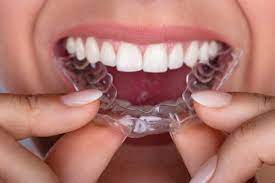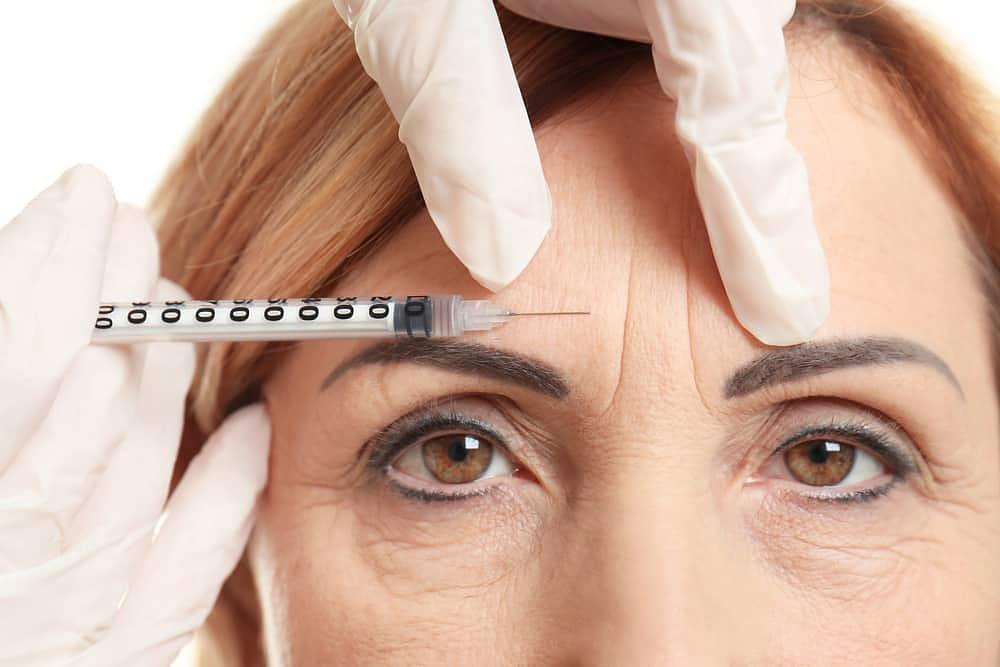What is Ear Piercing:
Ear piercing is the practice of creating a small hole or opening in the earlobe or other parts of the ear to insert jewelry, such as earrings. It is a form of body modification and is typically done for aesthetic and cultural reasons. Ear Piercing in Riyadh has been a common practice across various cultures for centuries and is often used as a means of self-expression and adornment.
Who is an Ideal Candidate:
Age: Ear piercing can be performed on individuals of various ages, including infants, children, teenagers, and adults. However, it's essential to consider the individual's age and maturity, especially for infants and young children.
Medical Conditions: People with certain medical conditions, such as bleeding disorders or skin conditions in the ear area, may not be ideal candidates for ear piercing. Consultation with a healthcare provider is advisable in such cases.
Personal Choice: The ideal candidate should be someone who personally desires to have their ears pierced and is willing to follow the aftercare instructions.
Benefits of Ear Piercing:
Aesthetic Expression: Ear piercings allow individuals to express their personal style and fashion preferences through a wide variety of earrings and jewelry.
Cultural and Religious Significance: In some cultures, ear piercings hold cultural, traditional, or religious significance and are a rite of passage.
Gender-Neutral: Ear piercings are a gender-neutral form of body modification and can be enjoyed by people of all genders.
Social and Fashion Trends: Ear piercing is often a trendy and fashionable way to enhance one's appearance.
Procedure of Ear Piercing:
Consultation: The process typically begins with a consultation at a professional piercing studio. During this consultation, the individual can discuss their preferences, choose the location of the piercing, and address any concerns.
Sterilization: The piercer should follow strict hygiene and sterilization protocols. They will use sterilized equipment, including needles, to minimize the risk of infection.
Marking: The selected location is marked, ensuring the desired placement and alignment.
Piercing: The piercer uses a sterilized needle or piercing gun to create a small hole in the ear. The needle or gun quickly inserts the chosen earring or jewelry.
Aftercare: The piercer provides aftercare instructions, which should be followed carefully to prevent infection and ensure proper healing.
Aftercare of Ear Piercing:
Cleaning: Clean the pierced area with a saline solution or an antiseptic solution as recommended by the piercer.
Avoid Touching: Refrain from touching the pierced area with dirty hands.
Rotating Earrings: Rotate the earrings a few times a day to prevent them from sticking to the healing tissue.
Avoid Swimming: Avoid swimming in pools or hot tubs during the initial healing period to prevent exposure to bacteria.
Avoid Sleeping on the Pierced Ear: Try to sleep on the opposite side to prevent irritation.
Follow Healing Times: Earrings should not be removed during the initial healing period, which typically lasts several weeks.
Consult a Professional: If you experience any signs of infection or complications, consult the piercer or a healthcare professional.
It's essential to get ear piercings done by a professional with proper sterilization techniques to minimize the risk of infection and complications.



Comments
Post a Comment